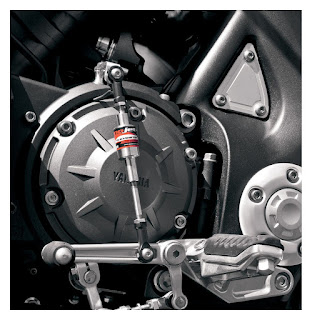Why to 'EVOLVE'?
A
whole day and total vote counted in Kathmandu Metropolitan not more than 150.
Counting votes is always a difficult task and when it has more importance like Constitutional
and Local Body Election, it becomes even more tedious. When the number of
voters increases to hundreds of millions, it becomes even more difficult to do
it physically.
After more than a century since the introduction of
the first voting machine, we still vote and count manually and mechanically.
Nowadays voting techniques such as Direct Recording Voting System,
Direct-recording electronic voting system, and public network direct-recording
electronic voting system are available. Even though we still prefer the same
old technique. Some decades ago there were some security and trust issues with
electronic and public network based voting machines. But nowadays, they have
evolved drastically and provided top level privacy to voters and are secured from
alterations.
If the latest voting techniques are effective and
secured than the method we currently use, then why not use the latest
techniques. The simplest answer many will think of will be technical
infeasibility. Nepal is a scientifically and technically poor country, and many
people here still are completely unfamiliar with electronic machines and the
Internet. There are many individuals who still don’t know how to put the stamp
on a ballot paper. For public network based approach, there are many villages
which still do not have Internet and electricity services. Those situations
make use of public network electronic voting machines completely infeasible.



Comments
Post a Comment